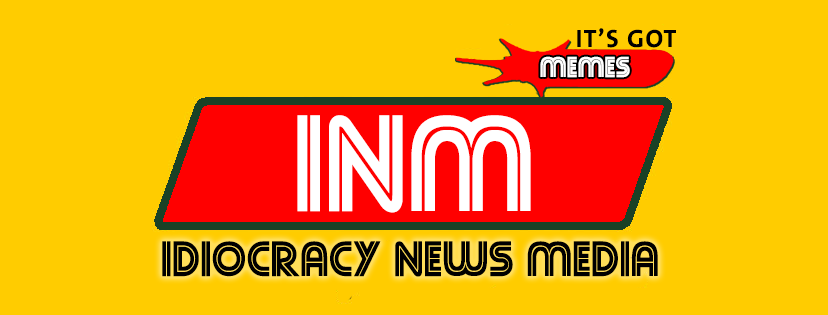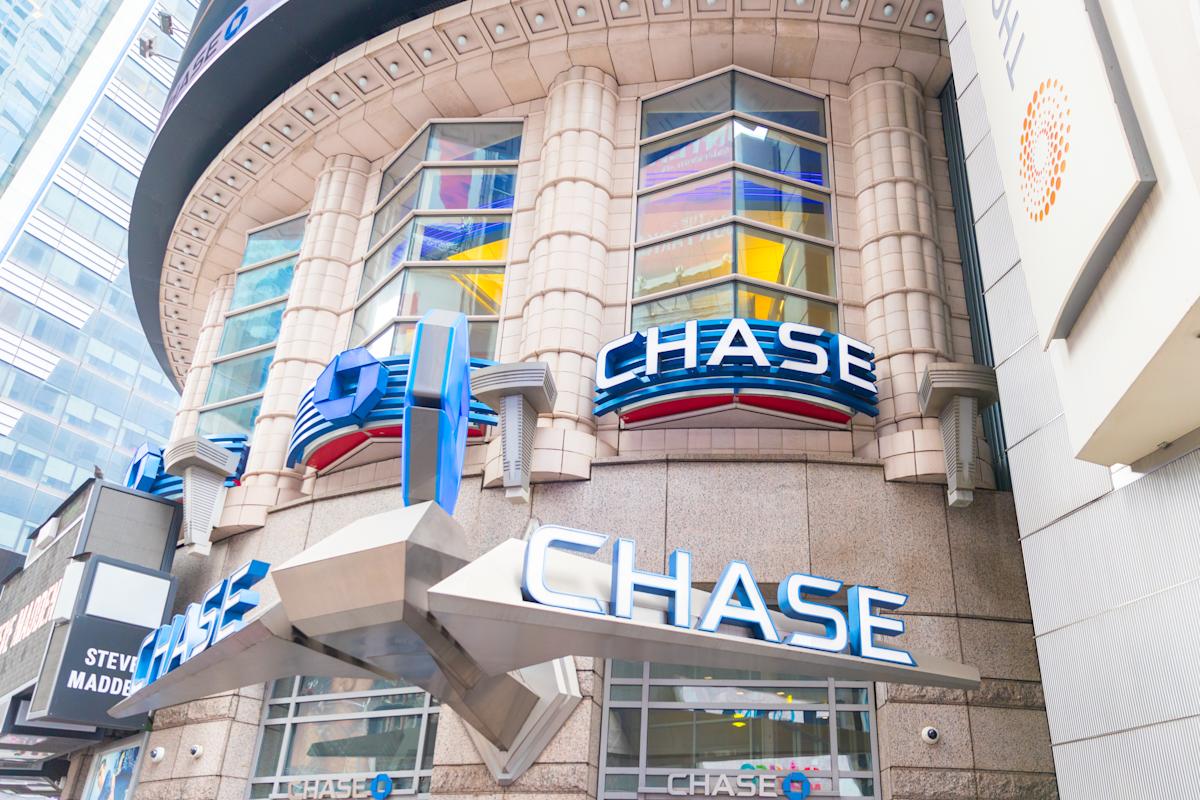Fresh off an unprecedented “mortgage rate sale” last month, Chase Home Loans is at it again. This time, the interest rate discount is on refinances. With national home loan rates at an 11-month low — and refinancing once again gaining loan market share — a rate sale may be very welcome news to homeowners wanting to refinance into a lower rate or tap into their equity to receive cash.
Read more: The best mortgage refinance lenders right now
The Chase promotion is on rate-and-term and cash-out refinances from Monday, Sept. 8, through Sunday, Sept. 21.
Customers must lock in their refinancing rate during this period to earn the discount. How much of a discount? According to Chase, “Discounts will vary by mortgage product and location.”
Many borrowers may not know that mortgage rates vary by state. And of course, your rate is based on your creditworthiness and the type of loan you are applying for.
While there are at least a half dozen different types of mortgage refinancing, the Chase sale is on two:
-
Rate-and-term refinance: This is when you trade in your old mortgage loan for one with any combination of a new interest rate, a different repayment term, or a different loan type.
-
Cash-out refinance: For homeowners with equity in their homes, a cash-out refi allows you to borrow some money from that embedded value with a new, larger loan balance.
Lock in your discounted Chase refinance rate.
Your rate sale discount can be combined with another Chase fee reduction — Chase relationship pricing. The relationship pricing discount kicks in when you have a certain amount of money in your Chase bank or investment accounts.
Chase said the “relationship” discount can reduce your rate by up to 1% when you deposit new funds into your accounts. “New funds” refers to money that wasn’t already in a Chase account.
By combining a relationship discount with the mortgage refinance rate discount, homeowners could get a pretty sweet deal on a rate.
These are legitimate “sales” if the lender isn’t lowering your rate by having you pay up-front interest in the form of discount points.
You can confirm that you aren’t paying any, unless you want to, when you receive your official Loan Estimate.
Look at the top of page two, which is entitled “Closing Cost Details.” The first entry on the left will be “Loan Costs.” That’s where you will find all of the origination charges, including the percentage of any discount points applied to your interest rate.
Laura Grace Tarpley edited this article.
Yahoo News – Latest News & Headlines
Read the full article .


